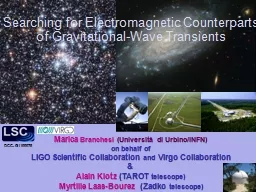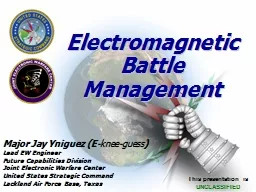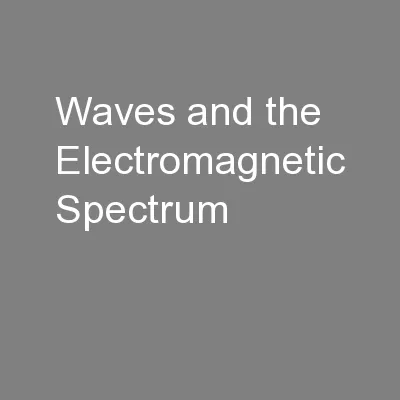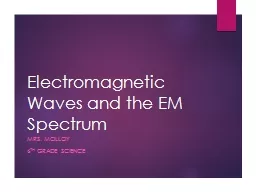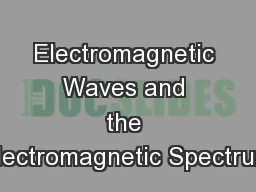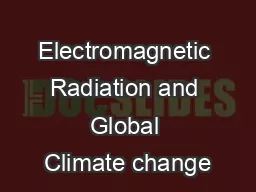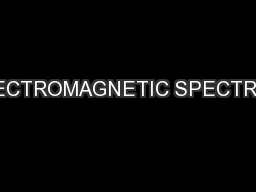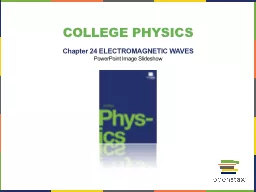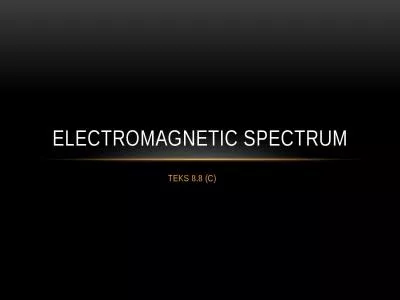PPT-Searching for Electromagnetic Counterparts
Author : test | Published Date : 2015-11-15
of GravitationalWave Transients Marica Branchesi Università di Urbino INFN on behalf of LIGO Scientific Collaboration and Virgo Collaboration amp Alain
Presentation Embed Code
Download Presentation
Download Presentation The PPT/PDF document "Searching for Electromagnetic Counterpar..." is the property of its rightful owner. Permission is granted to download and print the materials on this website for personal, non-commercial use only, and to display it on your personal computer provided you do not modify the materials and that you retain all copyright notices contained in the materials. By downloading content from our website, you accept the terms of this agreement.
Searching for Electromagnetic Counterparts: Transcript
Download Rules Of Document
"Searching for Electromagnetic Counterparts"The content belongs to its owner. You may download and print it for personal use, without modification, and keep all copyright notices. By downloading, you agree to these terms.
Related Documents

